Located 1000 kilometers off the coast of Ecuador, awaits a charming archipelago where, over millions of years, species have evolved at an accelerated pace to adapt and thrive in this challenging environment. Here, nature follows its own rhythm, shaping an ecosystem teeming with extraordinary life. Consequently, these islands have gained worldwide renown for their incomparable biodiversity, high endemism, and captivating geological formations.
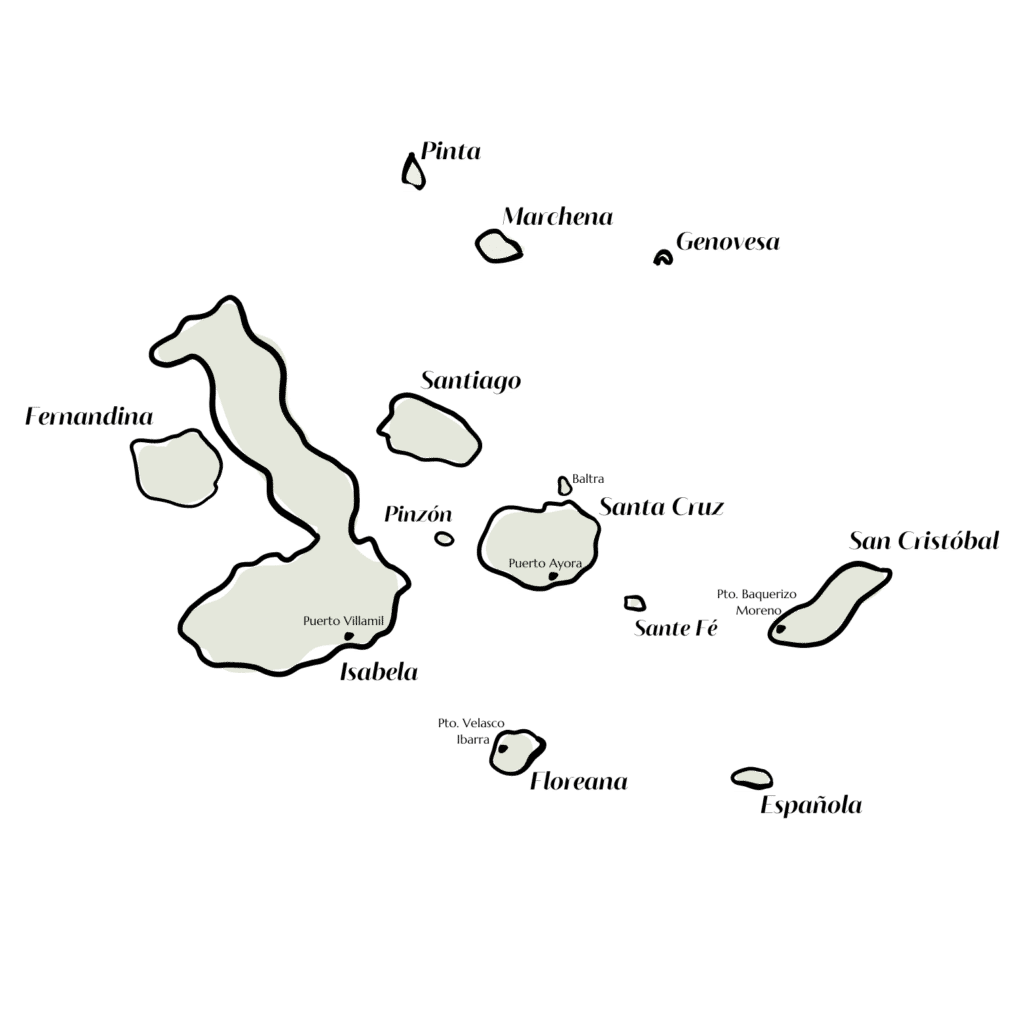





The island region of Ecuador comprises 15 main islands, 5 islets, and over 100 rocks. With constant volcanic activity and the influence of marine currents and climate, a unique environment has emerged. In this landscape, arid terrains dominated by lava formations, such as volcanoes, craters, and tunnels, contrast with the lush greenery of forests and wetlands. These diverse landscapes, along with sandy and rocky beaches, harbor very particular and unique species.
In the Galápagos, 97% of its territory is protected, spanning an area of 7,995 km² and boasting 1,336 km of coastline. Out of the hundreds of islands and rocks, 128 formations are named, with only Isabela, Santa Cruz, San Cristóbal, and Floreana being inhabited. Isabela stands out as the largest, covering 4,588 km² with a maximum elevation of 1,707 m, while Darwin is the smallest, at just 1.1 km² and an elevation of 168 m.

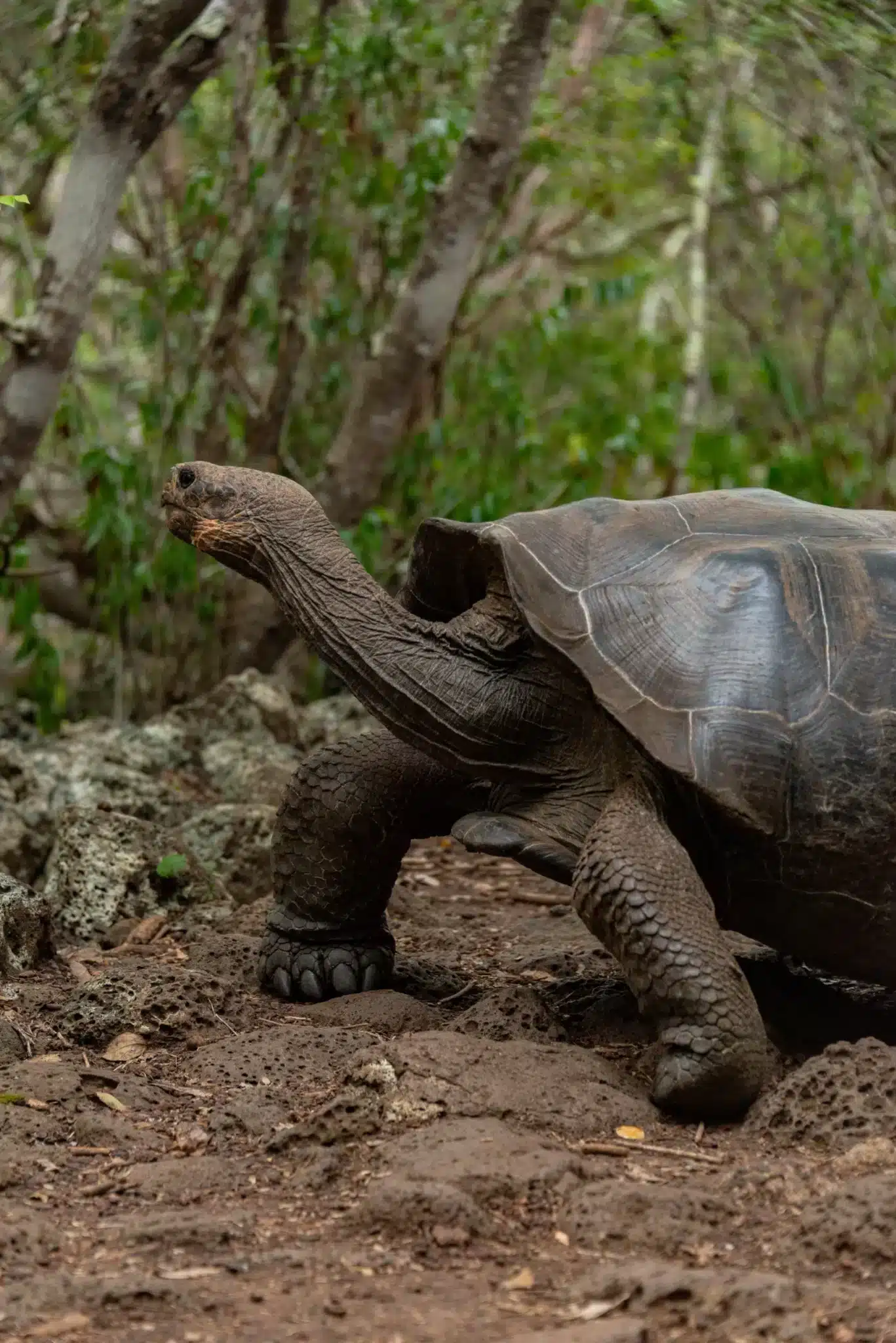

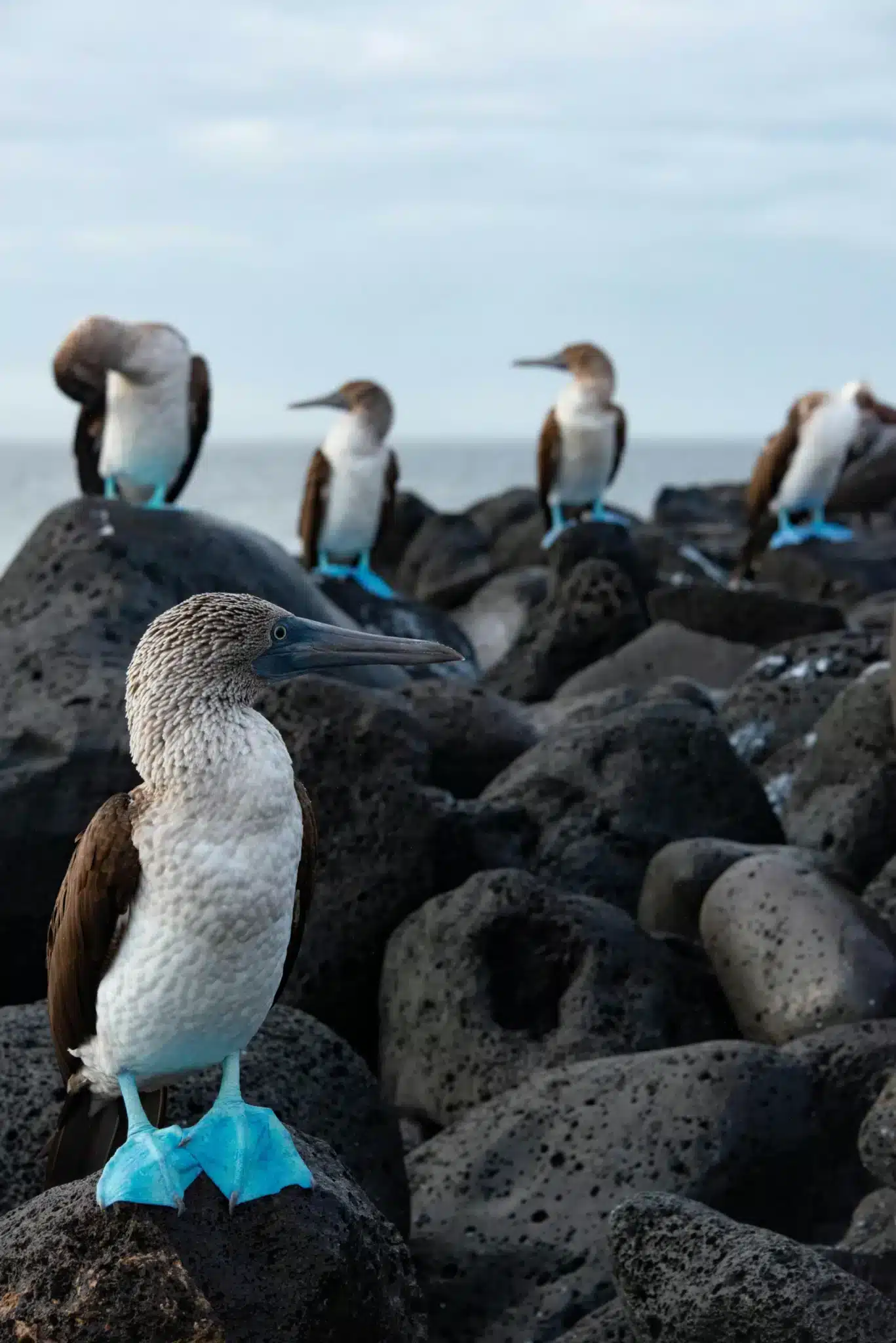
The flightless cormorant is a fascinating creature, being the only cormorant in the world unable to fly. Its inability to fly likely evolved due to the absence of natural predators in its environment. However, it has become an exceptional swimmer with large, webbed feet, enabling it to swiftly pursue octopuses and small fish. Despite its small wings and reduced oil production, its plumage lacks waterproofing. Consequently, you’ll often find this bird perched on cliffs, with its wings outstretched, basking in the sun to dry off. The Galapagos flightless cormorant stands as a prime example of adaptation to the unique conditions of the islands, showcasing nature’s remarkable ability to thrive in diverse environments.

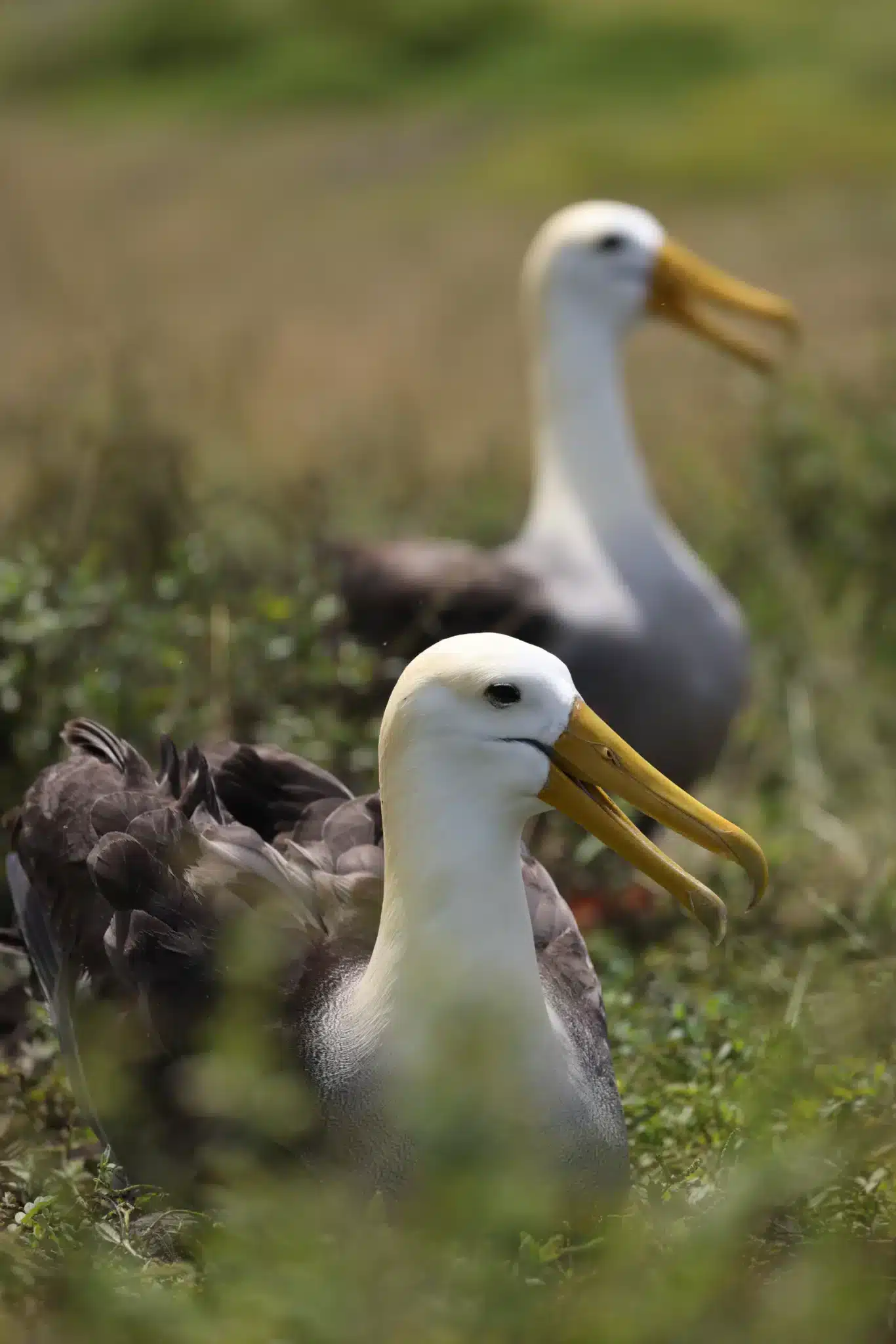
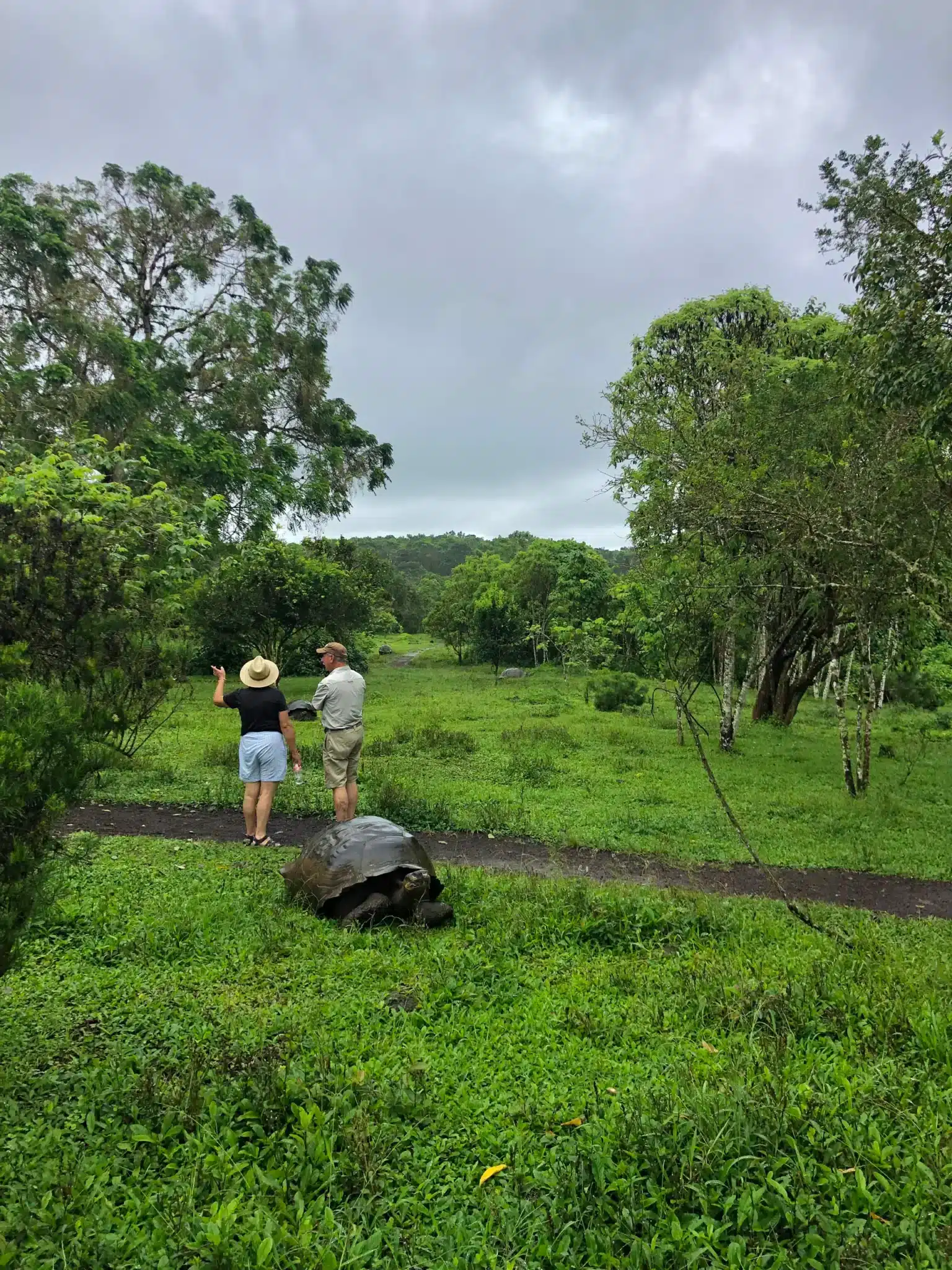
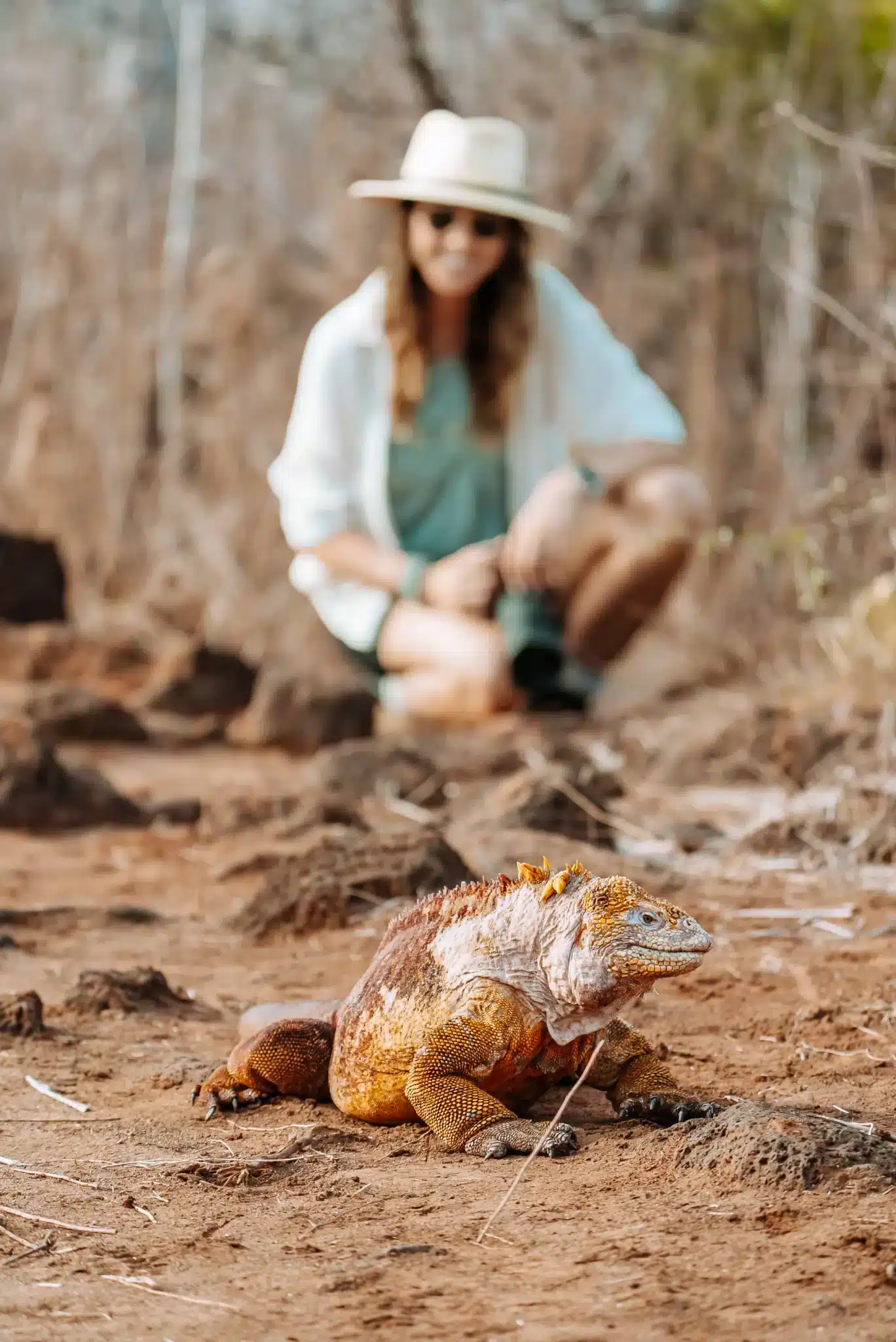
The Galápagos Islands are home to a unique wildlife, carefully adapted to the singular ecosystems. Among the most iconic creatures are the giant Galápagos tortoises, which have achieved legendary status. These majestic tortoises are found in various shapes and sizes on the islands and can live for over 100 years.
Marine iguanas, a unique species of lizard and the only ones that swim and graze in the sea, are another notable example. They feed on algae, which they nibble off rocks in the intertidal zone, and have the ability to dive into the ocean, where they graze in the underwater kelp forests. Land iguanas, their colorful relatives, wander the land and add an extra touch of color to the landscape.
The local flora and fauna also include an impressive variety of birds, such as the majestic Galápagos albatross, which breeds on Española Island. Blue-footed boobies and Nazca boobies perform fascinating dances to attract mates, while Galápagos penguins, among the world’s smallest, thrive in the cool waters surrounding the islands and are the only penguin species found north of the equator.



